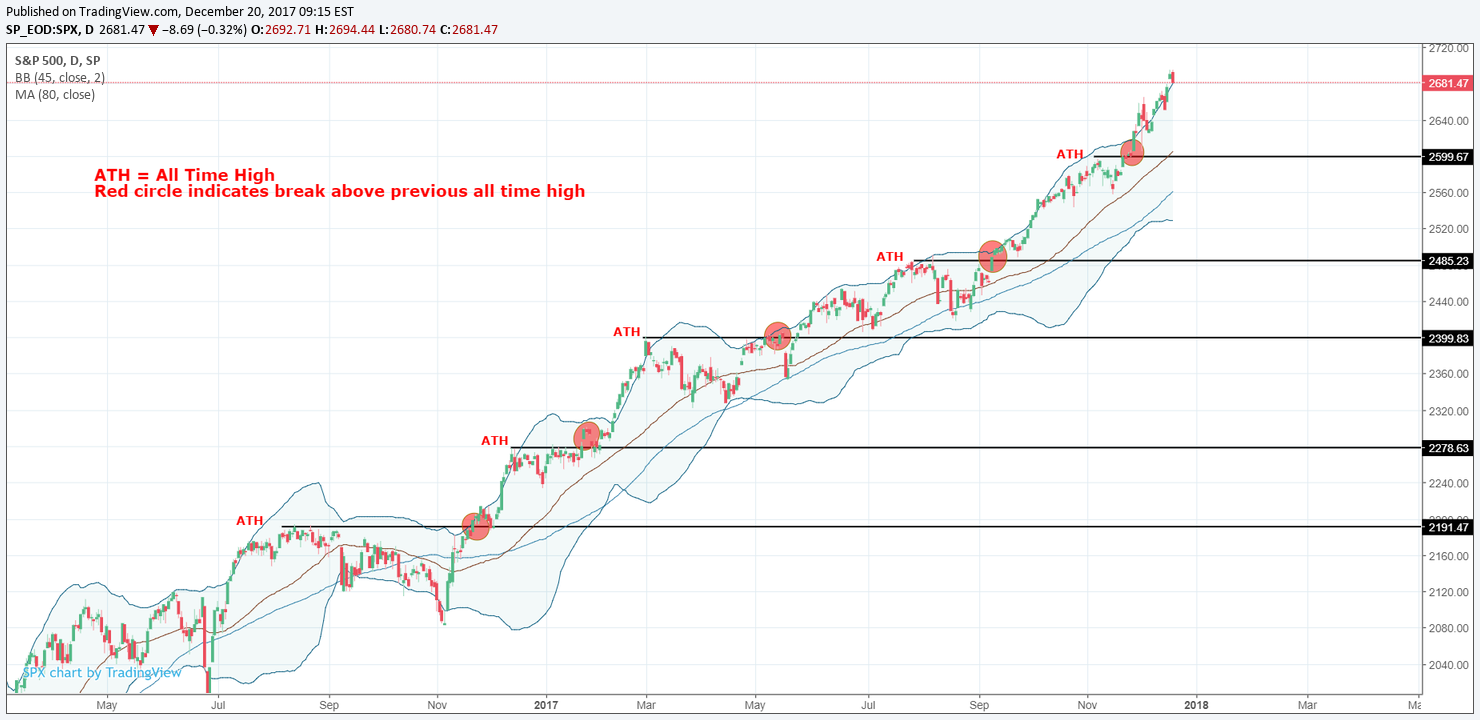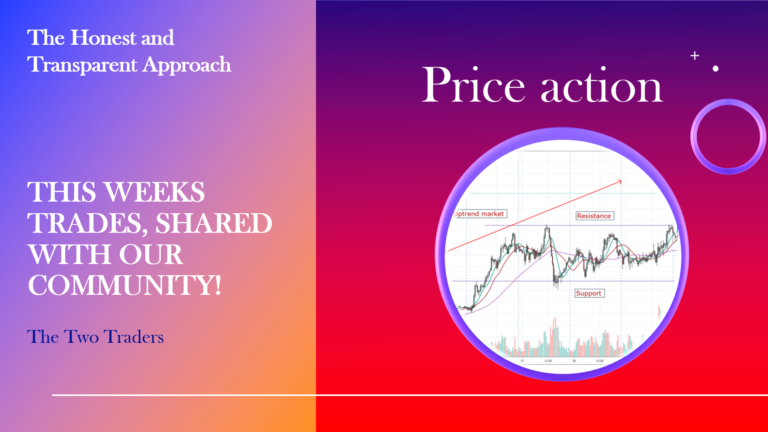Why do markets rally further after breaking to all-time-highs?
People find it strange that I buy a market when it breaks to extreme ranges and to all-time-highs. In fact, this is probably my favourite and most profitable pattern to play. When everyone is thinking ‘surely this can’t go any higher’, I’m stepping in to buy.
This is not a market-specific phenomena – I use examples for S&P500, Bitcoin and Palladium in this article. Each market is very different. They have different market participants, different uses, and different reasons for buying. Yet they all rally significantly after all-time highs are made, although to varying degrees because of the different volatility each market.
‘Buy High, Sell higher’
To many, this seems like a counter-intuitive thing to do. After all, ‘Buy low, Sell high’ is ingrained into most people as the ‘right’ way to invest. Well, I prefer to buy high and sell higher. These are a few of the reasons why the market typically rallies higher after an all-time-high is made (note, the reverse is true for all-time-lows).
1. A significant resistance is broken.
All-time highs or lows are a significant psychological level that people use as an anchor to base price action off. When the market breaks convincingly above this level, we see a lot of new buyers stepping in and short holders closing out. This adds to the buying power and pushes the move further. For details on support and resistance learn here
Below is the S&P500, which has had an incredible 2017 making record highs. You can see the market zig zags in an uptrend, with regular price retracements. The previous all-time high (or ATH on the picture) acts as a resistance to the upside, often for several months, with the market bouncing back off this level. Often once the market breaks above this level however, it quickly rallies 5-6% within a few weeks.
2. It suggests a significant shift in the supply and demand (or at least the market’s perception of it).
If people are willing to buy at extreme prices, people assume the is a reason for it (and there very likely is, even if it is difficult to pinpoint it in the heat of the moment) – as such, they step in and buy the market. This is exacerbated by the fact the media will often jump on to news of markets making new highs.
Think about how Bitcoin has surged over the last few years. Every time the market breaks to a new high, the media goes wild, everyone on social media knows about it, so what do they do? They open a trading account and buy more Bitcoin. A typical breakout to new highs on Bitcoin results in a rise of nearly 100%. Then people take their profits, the market sells of a little, and the process repeats.
3. Finally, we see a large number of stop losses and new orders get triggered.
Because of point 1, people use these levels around all-time-highs to place both new orders and stop losses for existing positions. So when the market reaches these levels, it triggers a chain reaction of stop losses (short positions will have to buy back their positions, as they don’t know where the market will keep pushing up to since there is no historical resistance on the upside) and new orders of people who want to buy the strength.
How to capture this momentum? You can buy the raw breakout (so just buy the market when it makes a new high) but I personally prefer to use Bollinger bands as the signal. A break to an all-time-high usually corresponds to extreme market moves, which gives a buy signal on the breakout. Other indicators do similar things – Donchian channels work well. Learn how to use them here.




